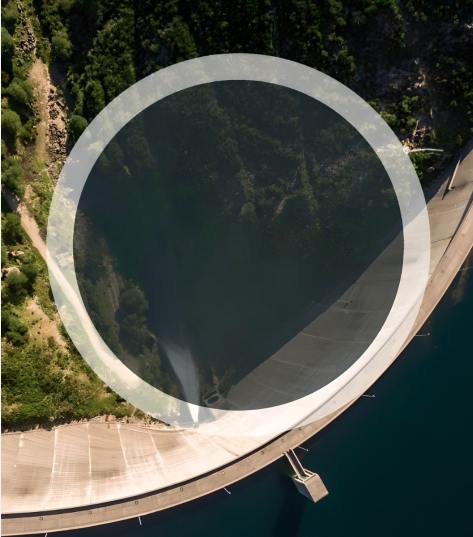The report examines from a gender perspective the impact of kerosene subsidies and their reform in Bangladesh. The research found that potential kerosene price increases would appear to affect men and women equally in Bangladesh. In case of a kerosene price shock, women overall do not seem to be more vulnerable than men, with 74% of households reporting that all members would be equally affected. Because men purchase kerosene, a price increase may affect the income of men more than women.
Overall, households are not experiencing the full benefit of the kerosene subsidy. Subsidizing kerosene is problematic because the fuel is easily diverted to illegal uses, and rent seeking frequently occurs along the supply chain, pushing up prices. More than 80% of surveyed households did not know that the official price is BDT 65 per liter, and 95% of households were not aware of the subsidy at all. In 2016, GSI found that the official price cut from BDT 68 to 65 per liter was not passed on to consumers.
Where households do receive subsidy benefits, continuously subsidizing kerosene can lock these households into using kerosene, though there are cost-comparable cleaner lighting alternatives available. The survey found that fuel costs families around BDT 210 per month, and solar PV lamps are available for around BDT 1,550 or BDT 65 per month (assuming a two-year life span). More advanced solar home systems with multiple light points can be available for slightly higher prices. These could be affordable for households if subsidies for solar lamps to replace kerosene lamps in very poor households could be considered alongside grid and mini-grid electrification efforts.
Hence, kerosene subsidy reform needs to be handled carefully. In Bangladesh, poor families use kerosene for lighting. Any increase in the price of kerosene thus needs to be handled with care, especially if households have no opportunity to switch to electricity via solar or the grid for lighting needs. Read the full report here.






